Former RSPBA Adjudicator Alistair Aitken concludes his series on the difficulties facing the pipe band movement as we head towards a possible resumption of activity. The first major of 2021 is scheduled for May next year, only eight months from now……
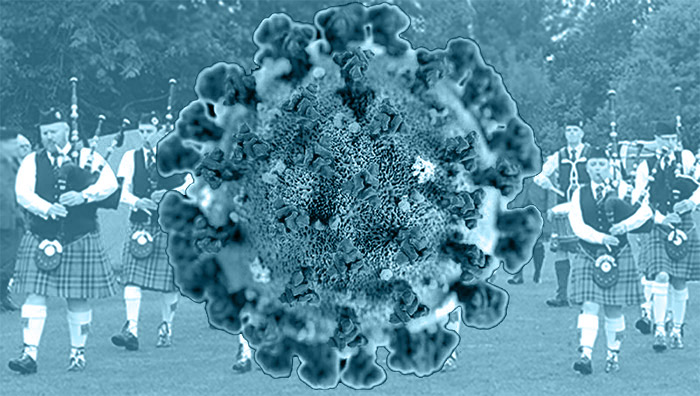
To work effectively, for adjudication purposes, the half-circle formation would require all bands to form up in the same way. The adjudicators would need to stand, or be seated, between the bands and the spectators and at a distance where they could hear the combined effect properly.
I do not think it would be realistic for the drumming adjudicator to judge from the rear of the band. Technical aspects could be assessed from that position but in my view it would be more difficult to judge musical interpretation and particularly sound balance as the piping sound would be projecting in a different way from that of the traditional circle.
Some drumming adjudicators argue that they cannot hear the drumming properly unless they are behind the snares. On the other hand they happily judge from the front of the band at indoor competitions when the half-circle formation is adopted; and in recent years the Branch competition in Princes Street Gardens in Edinburgh has had a half-circle formation with all four adjudicators seated in front of the competing band.
I recall a trial in which I was involved in 2003 undertaken by the Eastern United States Pipe Band Association when the bands played in orchestra format on a platform which had three levels. As the drumming adjudicator for that trial I was allowed to walk anywhere around the bands, whereas the piping and ensemble adjudicators were seated in front.
The problem I found was that there was no set position for the different sections of the bands. Whilst invariably the pipers were organised in slightly different ways at the lowest level, the drummers varied their positions on the two higher levels, the bass section on one level and the snare drummers higher, or vice versa.
There was no place where I could hear a consistent projection of all the performances, and whenever I moved the sound projection changed. I repeat: to work effectively for adjudication purposes the half-circle formation would require all bands to form up in the same way.
Should it be decided to retain the circle formation, all the players would need to be further apart to make a wider circle to avoid the main projection of air which would be from the chanters. The adjudicators could still walk around the band as they normally do, well apart from the bands and with suitable face coverings if necessary.
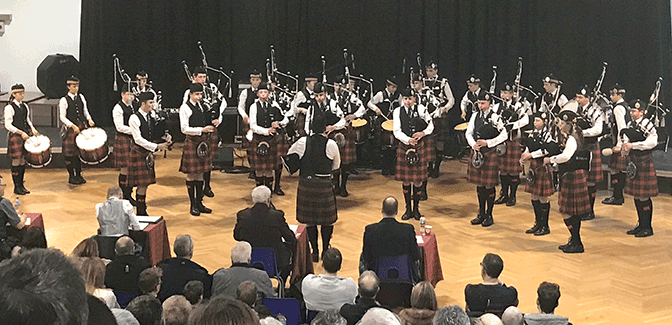
The adjudicators are supposed to be at least three metres from the performing band in any event to comply with RSPBA rules. In reality, however, this has not always been possible in recent years due to the size of many of the bands. Under RSPBA rules the playing arena has two circles, the inner one for the band players to stand around and the outer one designed to ensure that the adjudicators are at three metres distance. In many instances the bands now encroach on the outer circle due to their size.
It seems to me, therefore, that much more space would be required at competition venues if either band formation were to be used. One downside of a wider spaced-out band circle, however, would be that it could affect band cohesion as sounds blend better when players are closer together. More space probably would be much easier to achieve at local competitions rather than at Major Championships.
It is difficult to envisage, for example, how suitable distancing could be achieved should anything like the normal numbers of bands and grades be involved at the Worlds in Glasgow Green, even if either of the band formations were to be used. It is also difficult to envisage where the spectators would be located should social distancing restrictions still be required. The ideal would be if they were all seated and well-spaced, but inevitably that would mean limiting numbers and a cost for the provision of seats.
For the circle formation the adjudicators could of course also be positioned, suitably distanced with face coverings if necessary, across the head of the band circle, where they would all hear the same sound projection. They could even be seated in their individual tents if the tents were suitably spaced out. Normally I would prefer the adjudicators to be on a raised platform as I have argued previously, but that would not be sensible in the virus situation.
Looking specifically at adjudicator issues, a very important factor to bear in mind would be their own personal safety. I would estimate that around 70% of RSPBA adjudicators fall into the vulnerable age group for the COVID-19 virus. Some might not want to be involved at all; others might want some form of assurances regarding compliance with government guidelines, so face coverings would probably be necessary.
‘The future of some pipe bands, pipe band organisations, teaching, businesses, jobs and even Scottish tradition itself are all at stake……‘
Another factor is that the RSPBA’s international adjudicators might not want to, or be able to, participate due to airline travel availability or cost, or quarantine restrictions. The same considerations presumably would apply to the RSPBA officials who supervise, provide stewarding and compile the results of competitions; and face masks would probably again be sensible.
It also seems possible that adjudicator critique sheets would require some form of sanitation as they normally progress through various stages – from adjudicator, to official, to compiler and then to the individual bands. The composition of the critique sheets also does not stand up very well to any type of dampness that would result from sanitisation.
The other problem which springs to mind is the question of insurance. I have no knowledge of how competition sponsors or the RSPBA normally deal with the issue of risk assessment and appropriate insurance cover for public and personal liability. I presume that this type of insurance for anything related to COVID-19 would not be easy to find, and certainly would not be cheap.
Clearly the whole situation presents a major challenge the likes of which the pipe band world has never faced before. The future of some pipe bands, pipe band organisations, teaching, businesses, jobs and even Scottish tradition itself are all at stake. As has already been suggested by others a combination of thought processes is clearly needed to find a workable solution. I hope the foregoing adds positively to the debate.
- Read the first instalment in this series here and the second here. If you would like to comment on any of the author’s proposals please do so below.













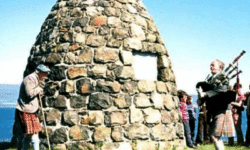
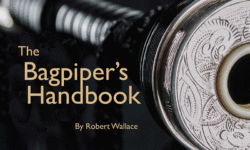
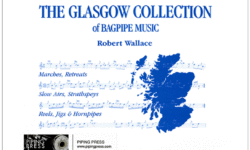








Very good comments I would add its maybe time to think of putting a cap on band sizes which I think are. Ott